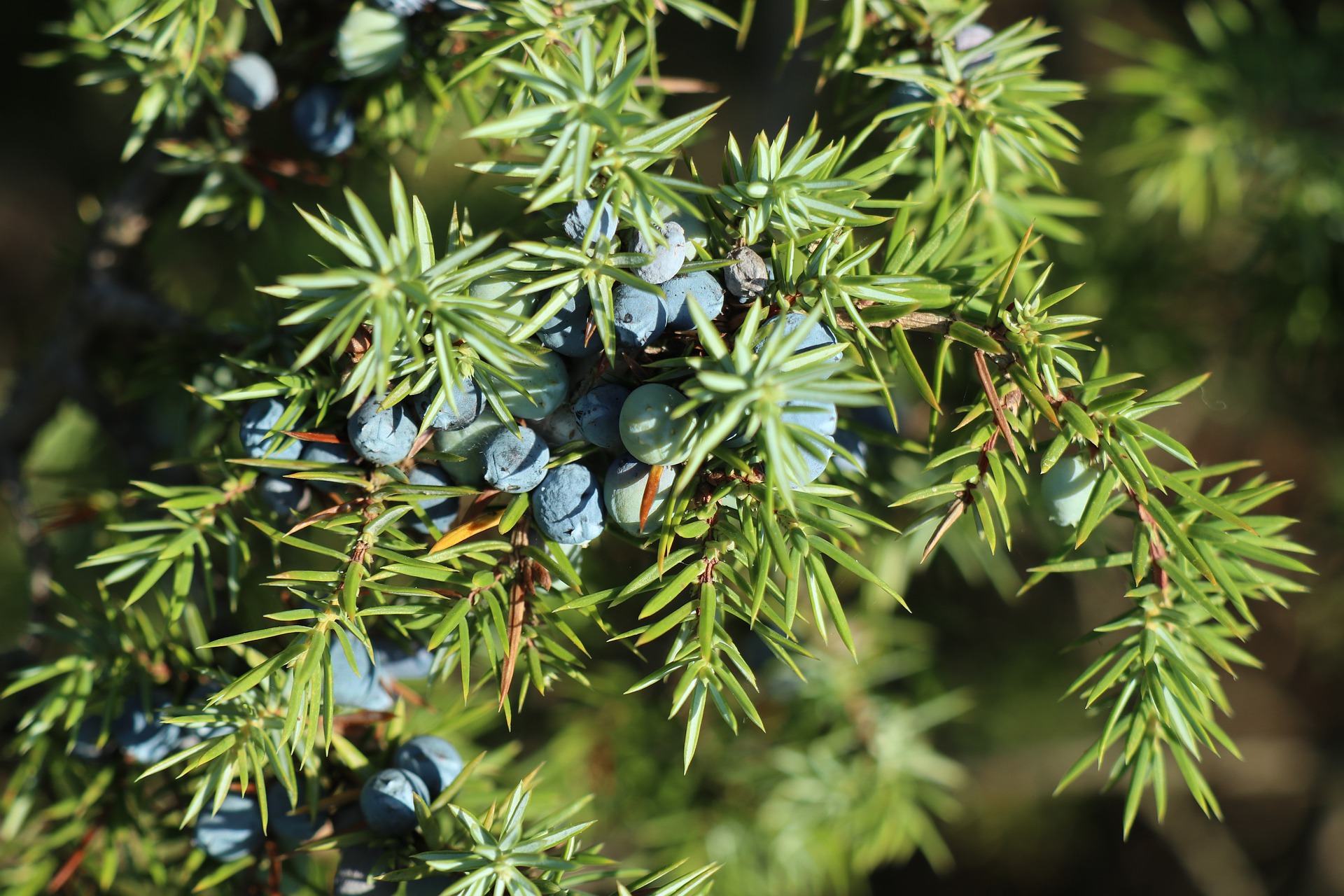
The POR Habitat 2250 project aims at the habitat monitoring action * 2250 "Coastal dunes with Juniperus spp.", An integral part of the activities foreseen within the project "Natura 2000 Network: habitat monitoring actions (* 2250, * 9210 , * 1120, * 8330, * 1170) and species (Stipa austroitalica, Charadrius alexandrinus, Larus audouinii) of the Puglia Region. Thanks also to the collaboration of the CNR-IIA, an integrated methodology will be developed that uses both in situ data and data from remosensing you.
It is proposed to carry out the monitoring of habitat 2250 * in SIC IT9110015 - "Dune and lake of Lesina-Foce del Fortore", which represents one of the most significant regional areas due to the presence of habitat 2250 *, despite the insistence of numerous pressures.
Among the objectives is to develop and test an automatic habitat recognition procedure based on the use of a rules approach deriving from the expert knowledge of the sites, through the combined use of remote sensing data and field data; the characterization of the habitat in terms of "structure and functions"; the selection of a set of ad hoc landscape metrics in order to provide an analysis of the territorial mosaic and the level of fragmentation; the definition of the presence and degree of disturbance, both through the collection and analysis of data in the field and through the processing of remote sensing data; the identification of pressure-state-response indicators at the end of the second year of the project.
The priority habitat * 2250 is characterized by woody vegetation, dominated by junipers, which is found on the stabilized dunes along the sandy coasts of the Mediterranean. Currently this habitat has, in the Apulian territory, a linear extension of almost 90 km, covering an area of about 255 ha, but it is significantly reduced compared to its potential distribution area and is also subject to numerous disturbing factors. The main pressures that insist on the habitat at the regional level are mainly connected to the urbanization and concreting of the coasts and to the seaside recreational activities, as well as to coastal erosion. Other pressure factors that can cause further degradation of coastal junipers are the spread of alien species, fires, grazing and the expansion of agricultural areas.
